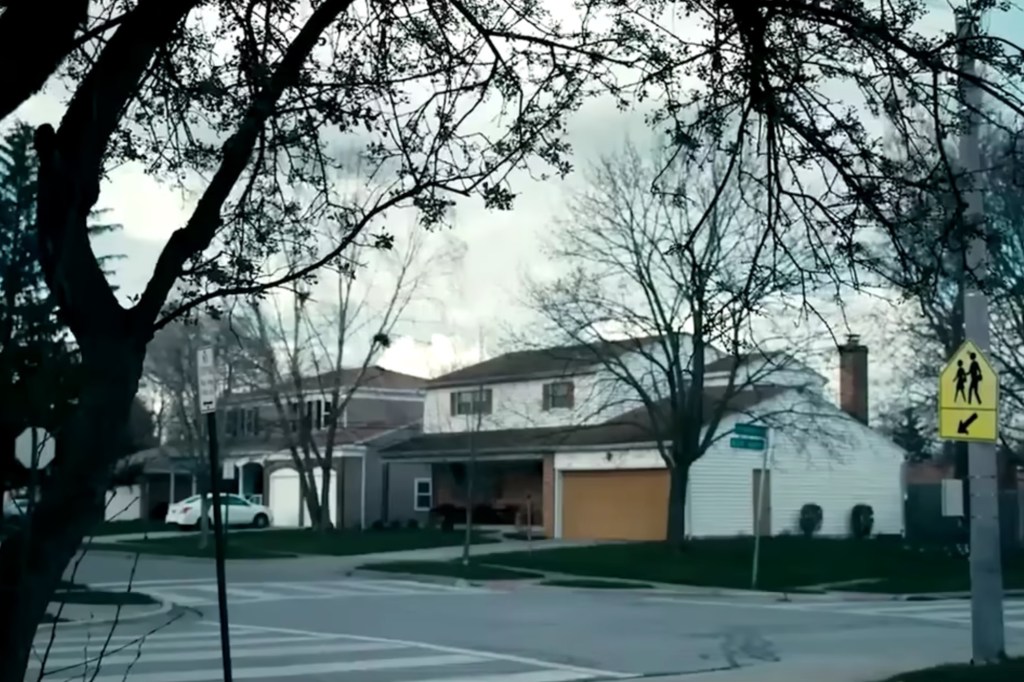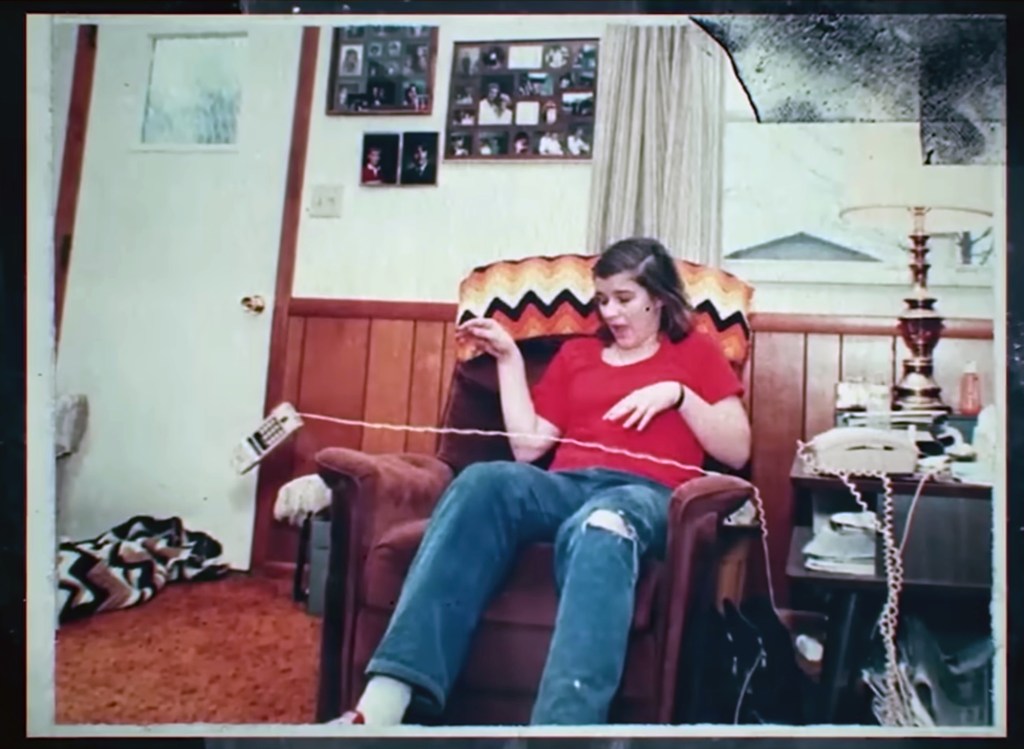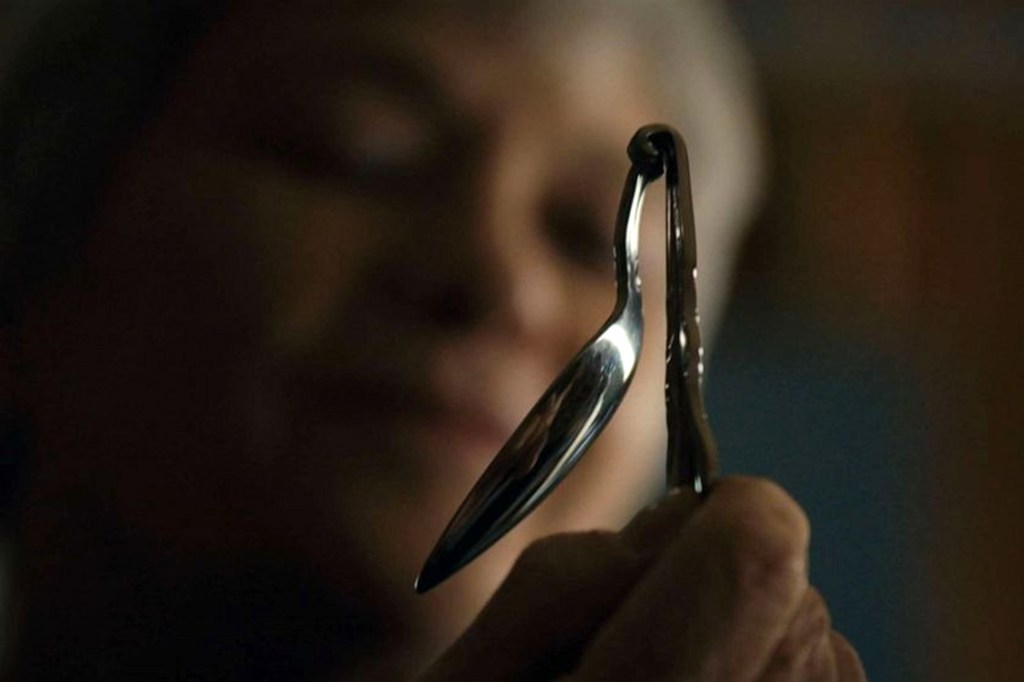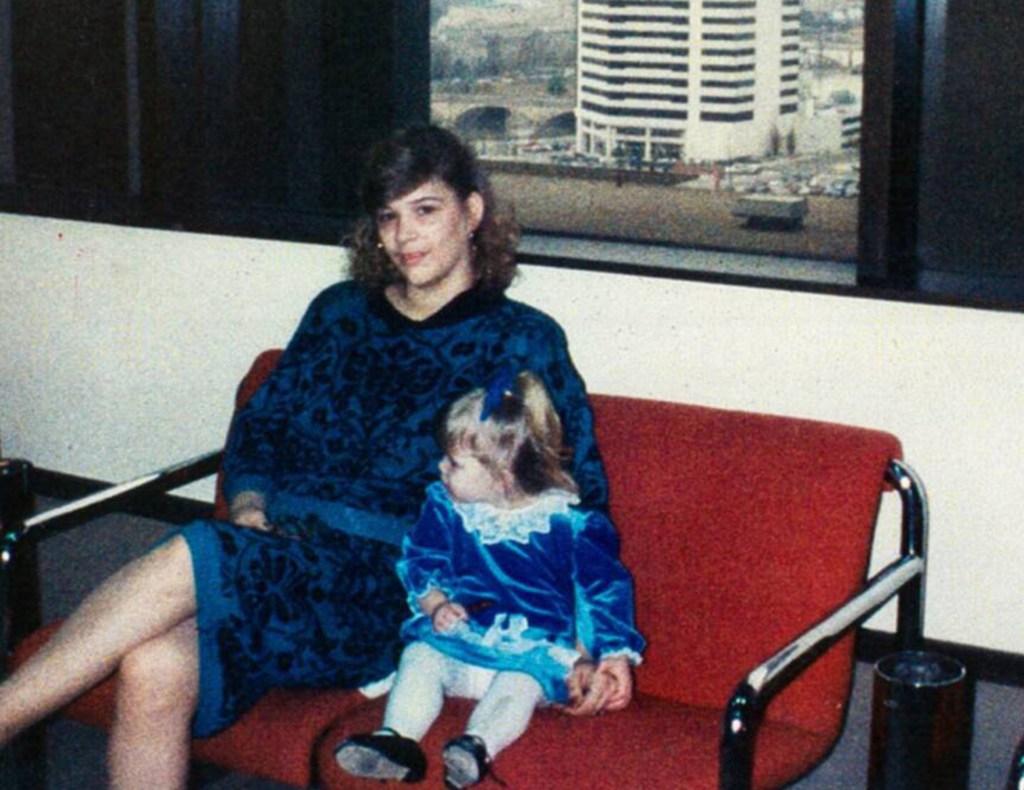New doc on Christina Boyer’s life, ‘Demons & Saviors,’ out on Hulu
Christina Boyer became known to Americans as the “poltergeist girl” in the 1980s — a nod to the 1982 Spielberg horror film, “Poltergeist” — for her supposed telekinetic abilities.
She could allegedly bend silverware and make objects soar in midair. A newspaper photographer once captured the Ohio native ripping a telephone off its hook — reportedly using only her mind.
But a nation’s fascination would soon turn to horror and disgust as Boyer — by now a mom — was arrested in 1992 for the murder of her young daughter Amber.
She has long maintained her innocence.
Years later, a now-middle-aged Boyer has come forward in a new documentary, “Demons & Saviors,” a three part ABC News series about her painful, often shocking childhood, the murder trial, and her quest to have the conviction overturned, out now on Hulu.
Boyer was born into a Wiccan household in Columbus, Ohio, in 1969. Telekinetic abilities allegedly ran in the family.
“My great-grandmother and my mom had the ability to make things move without touching them,” Boyer’s biological sister Michelle Parker says. “My grandmother could make a coffee mug move across the table … when my mom would get angry the TV would turn on by itself or pictures would fly off the wall and that always scared me.”
Descent into hell
Little Christina was abandoned in a hospital by her birth mother, Barbara Jean David at age 2, according to Parker.
She was adopted by locals Joan and John Resch — who allegedly tormented the young girl. Boyer recalls her adoptive father was extremely abusive and had struck her mercilessly often without reason.
“His discipline was with fist[s],” Boyer tells an interviewer in one of a series of phone calls from jail. “I was prepared for prison long before I ever came to prison.”
By the age of 12, Boyer alleges that her adopted brother — whose name was not revealed in the film — was molesting her. (He later went to prison on unrelated sex crimes charges, before taking his own life.)
She finally worked up the courage to tell Joan all of this, but was met with more abuse.

“My mother just slapped me and told me that I was making up lies,” Boyer said.
Not long after, in 1984, the supposed paranormal episodes began.
At the age of 14, her adopted parents called in a priest to do an exorcism.
“They had their hands on my head and they were doing all kinds of praying. And while they were doing that, things in the kitchen were going haywire and basically that they just felt like whatever they were doing, it was not enough,” Boyer recalls.
The press soon took an interest in Boyer’s story. But it didn’t last — eventually, she was seen on camera trying to fake her supposed abilities. The media soon branded her telekinetic talents a hoax.
Boyer ran away from home — and sought the help of a parapsychologist who had previously advocated on her behalf, named Bill Roll. But Roll and his psychologist partner, Jeannie Lagle, allegedly took further advantage of the already abused child.

Roll would soon assign Lagle, who specialized in hypnotherapy, to be Boyer’s “24-7 companion,” in an effort to “reactivate” Boyer’s otherworldly abilities.
“We slept together, we went to the bathroom and we would hook our feet together so I would know she was right there or hold hands under the stalls,” Lagle says.
She would also go to extreme lengths in an effort to induce Boyer’s supposed abilites.
“One of the things she would do was hypnotize me back to very traumatic events that were going on in [my childhood] home for me to basically relive those moments and have those emotions come back to try to trigger things to happen,” Boyer says.

Lagle remembers Roll being insistent on making sure the two remained inseparable. He filmed hours of video, documenting his experiment, coroborrating the women’s memories — footage that made it into the docuseries.
As time went on and the experiments became more intensive, Roll and Lagle’s colleagues in the profession became uncomfortable.
“Dr. Roll was trying to egg her into producing the phenomena,” said Kelly Powers, an intuitive guide who worked with the duo.
The death of Amber

Boyer eventually parted ways with the supposed experts. She moved around while living in poverty, eventually entering yet another allegedly abusive relationship with her first husband, James Bennett.
After giving birth to a daughter, Amber, the new mom took her baby and left Bennett, ultimately settling down in Carrollton, Georgia, to be near Roll and Lagle — by now, the latter was writing a book, together with Boyer, about her experiences.
It was in Carrollton that she met David Herrin, who would become her boyfriend. Boyer was now 23.
On the day of April 14, 1992, while Herrin was babysitting, Amber Bennett was found unresponsive and declared dead soon after.
“[The nurses] keep asking me what happened to her. And I’m like ‘I don’t know I wasn’t home,’” Boyer says. “I’m asking David ‘what the f – – k happened? What the f – – k happened? Why does she look like that?’ And all he keeps saying is he’s sorry, he’s sorry.”

In the days prior, Bennett had suffered a head injury — also while being watched by Herrin.
Boyer and Herrin were both booked on charges relevant to Bennett’s death. Herrin was sentenced to 20 years for child cruelty, while Boyer took a special kind of plea deal that resulted in a sentence of life in prison plus 20 years.
Boyer maintains she did so to get the death penalty off the table.
“The DA and the judge kept saying ‘are you pleading guilty?’ And I said ‘yes, but I didn’t do this. I signed the paper but I’m innocent.’”
In recent years, word has spread about Boyer’s case. A “Team Tina” of amateur sleuths — including Georgetown undergrads with no legal experience — have become Boyer’s advocates, insisting that the troubled mother was wrongfully charged. Their core argument: As she was not present during the alleged murder, her sentence should be commuted.

“‘David Herrin gets convicted of cruelty and does 20 years in prison, and how’s that fair?’ My answer to that is, ‘I don’t know,’” District Attorney Peter Skandalakis, who prosecuted Herrin and Boyer’s cases, says in the series.
“After the jury acquitted him [of murder] I remember the jury filing through the courtroom and I asked, ‘How did y’all find him not guilty of felony murder but you found him guilty of cruelty to children?’ And [the foreperson] looked me straight in the eyes and said, ‘It wasn’t his child.’”
Herrin served 11 years and was paroled in 2011. He did not participate in the film, which reveals that Boyer was reportedly responsible for numerous abuses suffered by Amber.
Today, Boyer is still optimistic that her sentence could be commuted.
“I’m more hopeful now actually, because there’s so many more people all around that are involved,” she says.
“I sat here for years with very few people really knowing what had happened and caring. So I have more hope now that if there’s anything that can be done, somebody will find it.”
Read the full article Here


